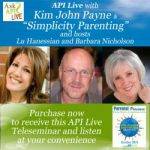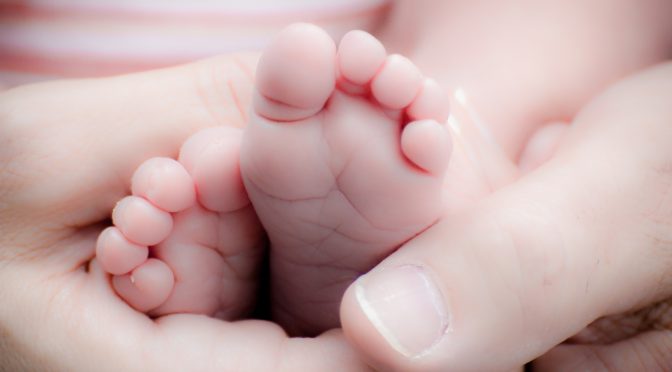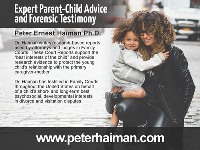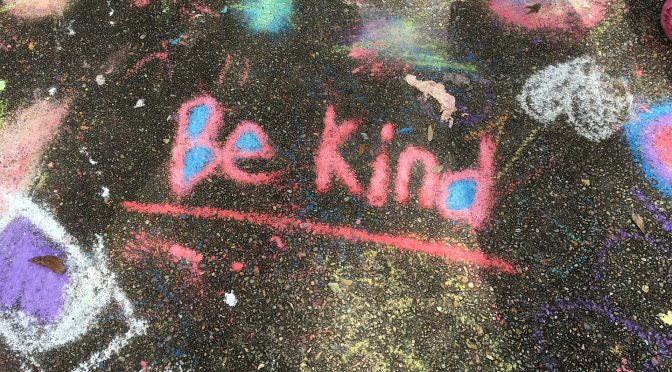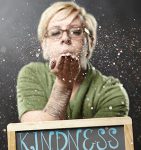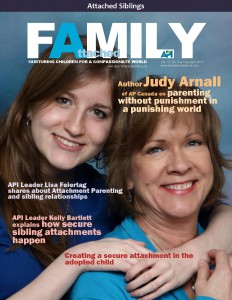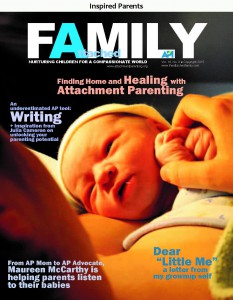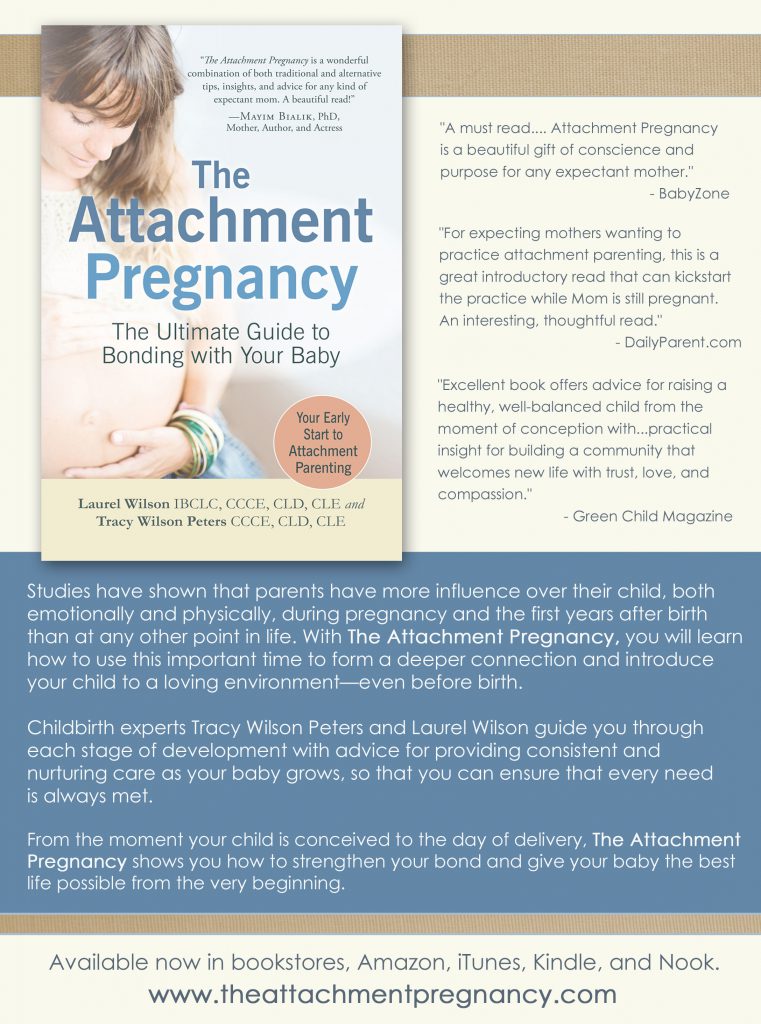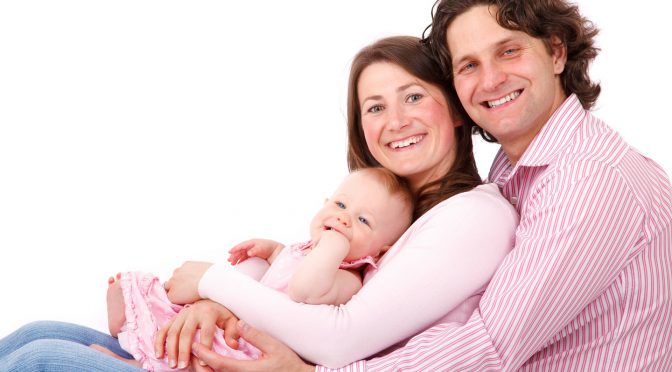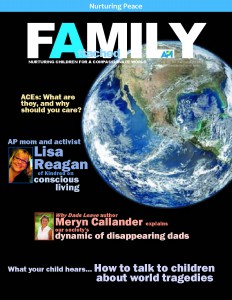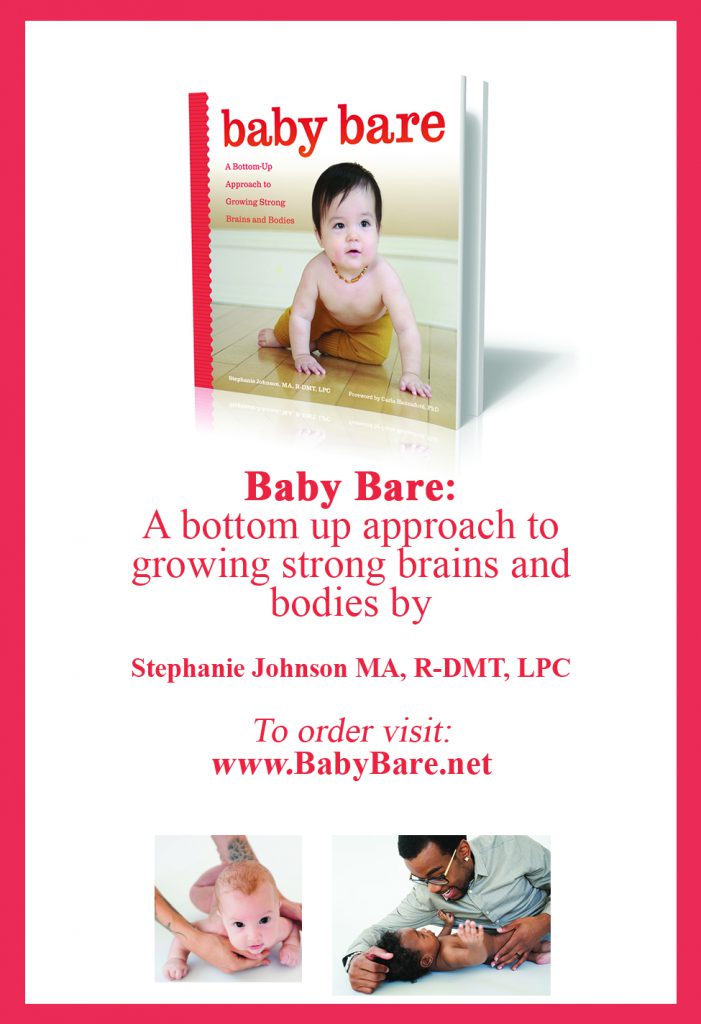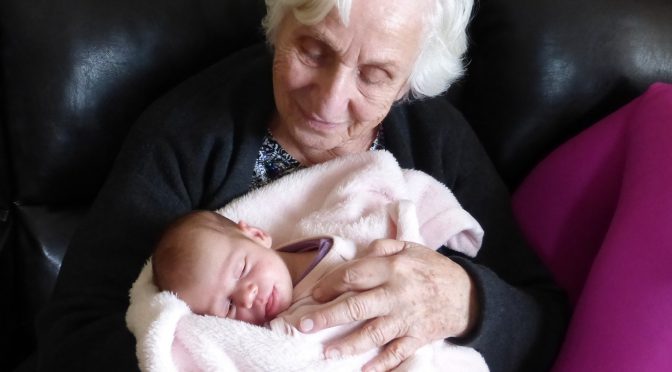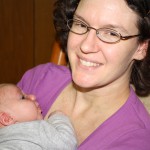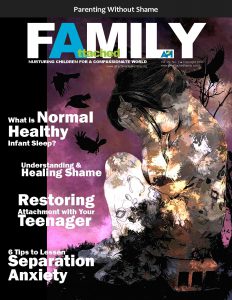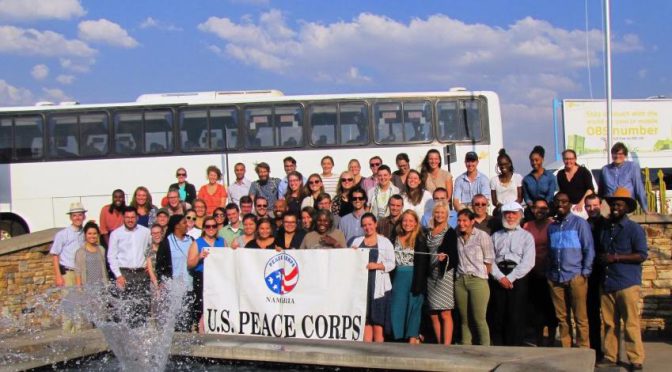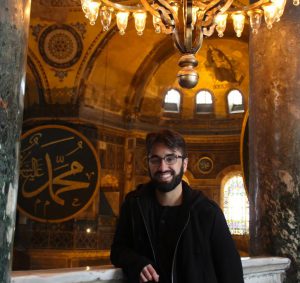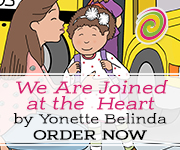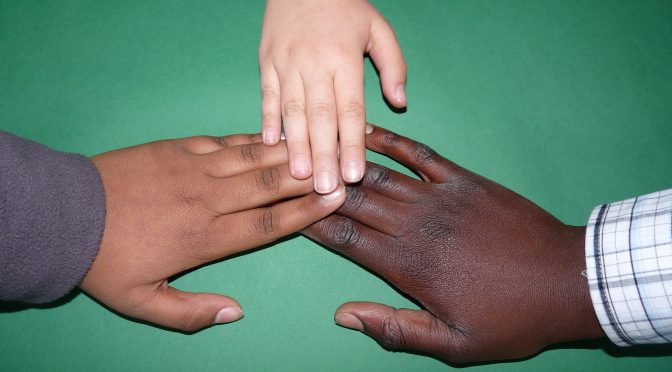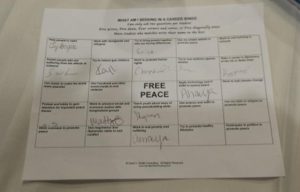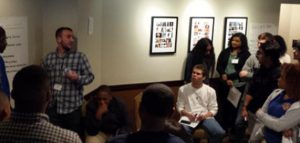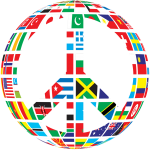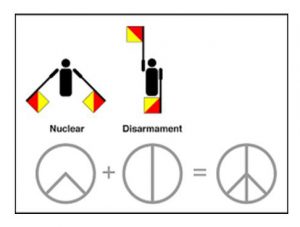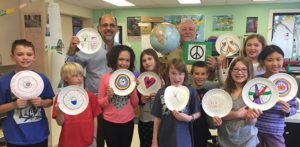Mindfulness is increasingly venturing out of yoga studios and into mainstream venues, helping people of all ages and all walks of life to reduce and manage stress. Some schools have even replaced detention with mindfulness exercises!
Furthermore, research is showing that children of all ages benefit big time from parenting that incorporates aspects of mindfulness — attentiveness, attunement, nonjudgement, and non-overreacting when in conflict situations. This study, published in the Journal of Abnormal Child Psychology, found that children ages 3-17 experienced less anxiety, depression, and acting-out. And this study, published in the journal Mindfulness, found that youth ages 12-14 had lower rates of substance use.
 Keeping these benefits in mind, mindfulness may be worth exploring as another Attachment Parenting tool. I asked the fascinating Inga Bohnekamp, founder of the MAPLE MINDS program at the Children’s Hospital in Eastern Ontario and the MindBodyFeel program for the Canadian Cancer Society, to help me explore mindful parenting more in-depth. A native of Berlin, Germany, she is the author of several children’s yoga books, including her latest The Colours of My Rainbow, and has worked in countries around the world, merging her dual careers as a clinical psychologist and yoga teacher to help others benefit from mindfulness.
Keeping these benefits in mind, mindfulness may be worth exploring as another Attachment Parenting tool. I asked the fascinating Inga Bohnekamp, founder of the MAPLE MINDS program at the Children’s Hospital in Eastern Ontario and the MindBodyFeel program for the Canadian Cancer Society, to help me explore mindful parenting more in-depth. A native of Berlin, Germany, she is the author of several children’s yoga books, including her latest The Colours of My Rainbow, and has worked in countries around the world, merging her dual careers as a clinical psychologist and yoga teacher to help others benefit from mindfulness.
Q: Thank you, Inga, for your time! To begin, please introduce yourself.
A: I have been trained as a clinical psychologist in Berlin, Germany, and Montreal, Canada. My focus, psychotherapy-wise, has been on Cognitive Behavioral Therapy, Dialectic Behavioral Therapy — which merges CBT with mindfulness — and I have mostly been working with children, from babies to teenagers, although I also work with adults and parents.
Q: How did you find your way to mindfulness?
A: My love for all things movement: yoga, dance, walks, really just anything; my personal journey of growing up with an inborn esophageal condition, and all the challenges and pain this has brought up along the way; and my ongoing curious quest for expanding my knowledge and for understanding and treating human conditions, be it mental or physical illness, chronic pain, or simply states of high stress or intense emotions. from a more holistic point of view — have inspired me to pursue 2 yoga teacher trainings in the U.S. and in Germany.
Over the years, this has allowed me to create an unpretentious and down-to-earth therapeutic approach that I call MindBodyEmotion, which merges mindfulness, yoga, breathing, and relaxation techniques with my psychological and psychotherapeutic background.
When moving to Ottawa, Canada, with my family almost 6 years ago, I started designing, teaching, and directing the MAPLE MINDS Program for Babies, Kids and Teens with chronic illness and pain in cooperation with the Children’s Hospital of Eastern Ontario (Canada), which has grown into a popular, trusted complimentary care offered to families, helping them cope with illness, anxiety, pain, everyday stress, and intense emotions, and face life’s challenges with more confidence, joy — yes! — and ease. I also have designed a similar program for adults called MindBodyFeel, which I have taught in cooperation with the Canadian Cancer Foundation in Ottawa (Canada). I really enjoy working with groups as well as providing highly targeted individual sessions.
My desire to help others and to spread these helping “vibes” even further — because, hey, I can only see so many people face to face at any given time — has inspired me to start writing as well. I contribute to APtly Said, the blog of Attachment Parenting International (API), and am the author of 4 books, all of which are mindfulness-infused, with the 5th currently in the making.
Q: For parents who are new to the concept, how would you define mindfulness?
A: According Jon Kabat-Zinn, PhD, being mindful is described as paying attention in a special way, namely purposefully focusing on the present moment without being judgmental about whatever arises. The latter includes thoughts, feelings, bodily sensations, and so on.
What does this mean? To me, the essence of being mindful is a lot about being connected to ourselves, to our heart, to our core being. It means reflecting on our own behavior, and over and over again doing our best to stay present in the here and now — no matter if we enjoy whatever currently unfolds in front of us or not! It means to be more of an observer and less of a judge — and boy, is our brain good and quick at judging! Most of the time we might not even notice that the judging is happening. And it is to stay focused on the task we are currently performing or on the people we are currently interacting with.
What does this not look like? Furiously racing around like a mad person, trying to get done a gazillion things at a time with our thoughts monkeying around from past to present to future and back again, worrying about work tomorrow to what to cook for dinner to that memory of when we were 5 years old and this mean other kid pushed us off the swing — oh wait a minute, just like this mean coworker who always tries to belittle our work in front of the boss in order to put herself in the spotlight, and oh man, how this actually just makes us so, so angry right now — to trying to remember what we actually wanted to get done in this moment in the first place. Was it locating the car keys, dropping off the mail, picking up the kids from school, buying groceries, checking emails, or — oh gosh, yes — picking up a latte while we are at it?
We’ve all been there, more than once for sure. Is this a pleasant state to be in? Does this behavior allow us to effectively and satisfyingly get anything done or to appreciate the company of the person we might currently be interacting with — our child, our partner, our friend? Not really.
Can we learn to be more mindful? Oh yes!
Is it difficult? Well, let me say it will probably be a challenge at times, but the practice itself is actually very simple.
Is it worth it? You bet! The more often we manage to be mindful, the more often we give ourselves the opportunity to really show up in our lives — for ourselves and for our loved ones — to truly feel connected to ourselves and those around us. Ultimately, it enables us to live our lives with open eyes and a curious, learning, growing mind and heart as opposed to feeling like some disconnected outside observer of our own life, watching it float by like some movie while remaining in a semi-conscious, foggy state — and then maybe waking up one day and sadly realizing that it’s almost over and we have not really, truly participated in it at all.
It’s never too late to get started and you can take baby steps to get there! A couple of minutes on a regular basis of practicing deep breathing, allowing you to feel into your body and connecting to your heart and belly, while letting thoughts and distractions float by like soap bubbles or clouds, over and over again bringing your attention to your breathing whenever it wanders off — it most probably will — are a good start.
Q: That’s a great overview of mindfulness. Now, how would you define mindful parenting?
A: Mindful parenting, to me, means parenting from the heart with open eyes and an ever curious mind — seeing our children afresh every time we look at them, trying to let go of those oftentimes very limiting preconceptions that our brains love so much — from a point of introspection, intuition, inner wisdom, and reflection as opposed to blindly following someone else’s rules or advice, which might or might not be a good fit for your current family situation.
I believe that if we can manage to, over and over, reconnect to ourselves, we can experience parenthood much more authentically and intensely. We will really show up and be there for our children, as best as we can in any given moment.
I also believe that if we parent from this open, connected point of view, that many of API’s Eight Principles of Parenting will come to us very naturally and organically, simply because parenting mindfully will enable us to see our children’s as well as our own needs much more clearly and to be able to easier attune and react to them in ways that encourage nurturing, love, and growth.
Q: How can mindfulness help a first-time parent find their way, especially in those early newborn months as well as other difficult, sticky points in their parenting journey?
A: Becoming a mom or dad for the first, second, third, fourth time can be an extremely challenging, overwhelming, and for many of us, a stress- and anxiety-inducing experience. I mean, all of the sudden there is this tiny human being growing inside our belly and then lying in our arms, and now it’s our job to keep it alive and happily thriving and do the very best you can every single day for the rest of your life. The least we want is to mess this up. But how, oh how, will we manage to do a good job — and for that matter, how will we actually know if we are doing a good job in the first place? Hello challenge!
A regular mindfulness practice can help us stay grounded and develop a sense of trust in ourselves. It will also naturally sensitize us to our child’s as well as our own and our partner’s needs. It will help us understand when something is really not working out or when is a good time to actually reach out for help and support — because, repeat after me, we cannot do it all alone — and when to put all those parenting books and well-meant advice aside and confidently — yes! — trust our inner intuition in order to find answers to the daily arising challenges of parenting, be it in those first few months or anytime when reaching a challenging point on our parenting journey.
Parenting is rarely a matter of one-size-fits-all solutions. There is no manual to go by and simply follow the steps A-Z in order to obtain a “favorable, successful, happy outcome.” We are all unique, and so are our children and their needs, as well as the situations we find ourselves in. I believe the best we can do as parents is to develop this inner trust, this ability to see and reflect — without judging –whatever it is that is currently unfolding in front of us and challenging us, to stay connected to our own inner wisdom.
Many of the answers you will need are already inside of you, somewhere. We just need to uncover them — which might, at times, be scary and require us to face our own childhood experiences; if necessary, with the help of a trusted healthcare professional — and listen. Being mindful will also make it so much easier to tell whose support we need or which advice might be worth exploring further in those extra challenging moments where we might need outside support or guidance.
Q: So, it’s safe to say that mindfulness helps with stress-coping?
A: Yes, definitely!
Q: You mentioned earlier that your interest in mindfulness was inspired by yoga. How are yoga and mindfulness connected?
A: Yoga, when practiced in a mindful way, will help us connect with our body, to feel our breath, to move with our breath through asanas — physical yoga poses — and ultimately find stillness and some form of peace of mind — yes, even if just for a split second! — and access our inner source of trust, wisdom, intuition if we are willing to be quiet, to look with open eyes, and to really listen without a mind clouded by preconceptions.
Q: Are there other activities that are related to mindfulness for parents who just aren’t into yoga?
A: First, let me say that there are many many different forms and styles of yoga and many, many different teachers, so this might be something worth exploring.
However, you definitely do not have to practice asanas in order to practice mindfulness. In fact, every moment — yes! — in your day provides you with the opportunity to practice mindfulness. We can walk and move mindfully, have a mindful conversation, eat mindfully, breathe mindfully, play mindfully, love mindfully, heck we can even do the dishes mindfully by simply focusing on whatever we are doing right in this very moment — feel the warmth of the water, the shape of the dishes, smell the soap — without judging and by over and over bringing our attention and our awareness back to this very moment and very activity whenever it wanders off, which will most likely happen more than once.
More formal options to practice mindfulness, without yoga asanas, could include a breath meditation practice or meditating by focusing on an object — such as the flame of a candle — for a certain amount of time or following a standardized mindfulness program like MBSR.
Q: Thank you so much, Inga, for your insights. Is there anything else you’d like to share?
A: I encourage you to connect and share your experiences and challenges on your mindful parenting journey with like-minded others. Feel more than welcome to reach out to me if you wish for more information or guidance. I will be happy to hear how it goes for you! You can find me at my website, on Facebook, or on Instagram.
Interview by Rita Brhel, Attachment Parenting International

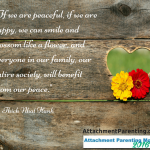 “What is peace to children?” by children around the world
“What is peace to children?” by children around the world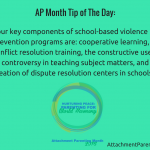 “Modeling empathy to promote peace” by Kelly Shealer, API Leader
“Modeling empathy to promote peace” by Kelly Shealer, API Leader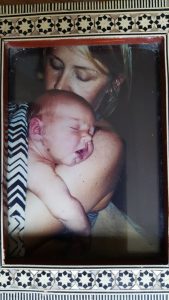 Parents around the world emailed and uploaded submissions to the Community of Peace photo event, which were featured through October and November. Readers selected their top 10 favorites. The most “hearts” went to Christopher Gardner, photo at right.
Parents around the world emailed and uploaded submissions to the Community of Peace photo event, which were featured through October and November. Readers selected their top 10 favorites. The most “hearts” went to Christopher Gardner, photo at right.
